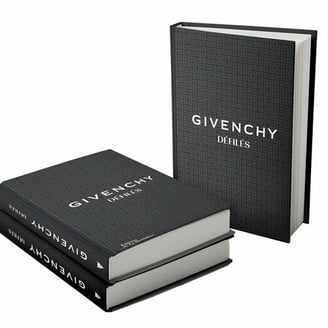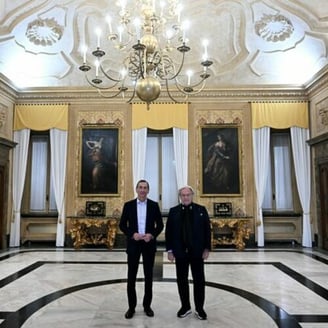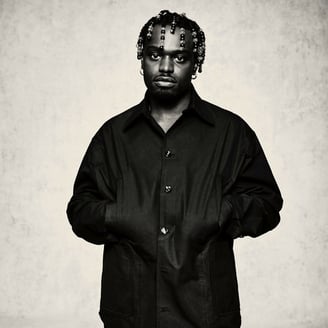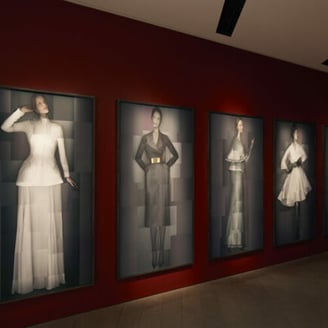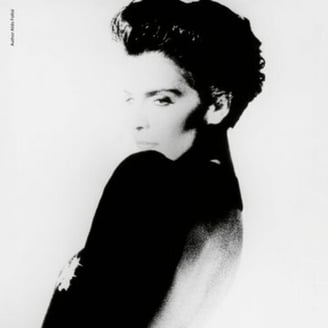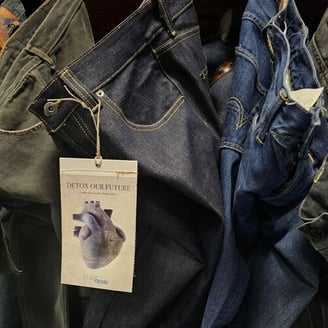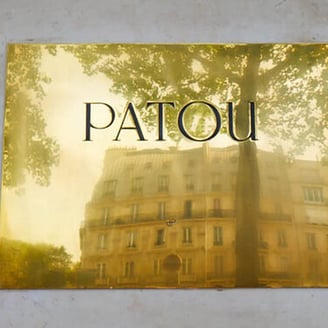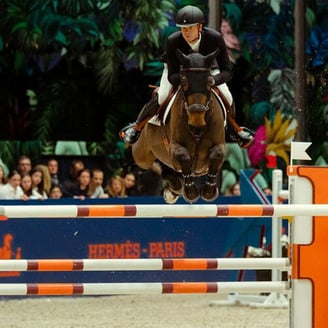Nov 24, 2023
Dior Galerie: The Sisters Are Doin' It for Themselves
Nov 24, 2023
Dior Galerie, the house’s unique art and fashion exhibition space, on Friday debuted its latest exhibition, a re-working of its permanent collection in a show dedicated to Dior’s collaborations with women artists.
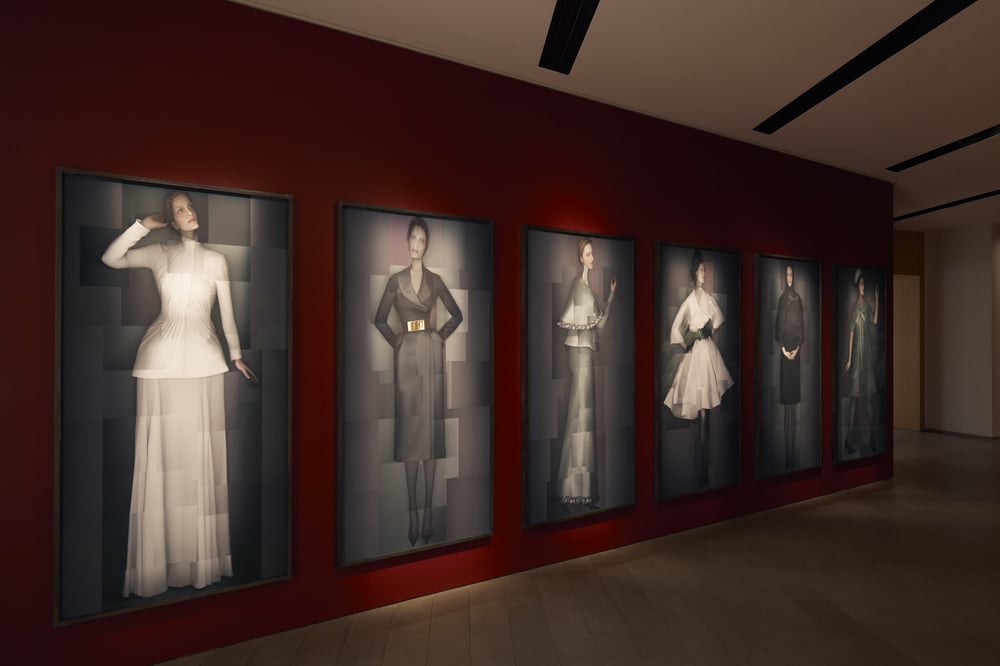
Somewhat curiously, the exhibition doesn’t have a name, but is described as a rotation. Its key subject is the interchange between fashion and feminism.
The result, a series of dialogues - the two main being between Monsieur Dior and women who inspired him, and between the house’s current women’s creative director Maria Grazia Chiuri and a group of contemporary artists who were inspired by fashion.
Located adjacent to Dior’s historic flagship at 30 Avenue Montaigne, Galerie Dior has remarkably, in the 20 months since it opened in March 2022, attracted 650,000 visitors. Delighted to discover a unique blend of brilliant fashion, glamorous clothing worn by VIPs and stars, famed movie clips, beautiful sketches, Monsieur’s heirlooms, rare documentation and carefully preserved historical artifacts. An exceptional space that manages to blend top-level museum quality displays and research with the chic and panache one associates with the name Dior. All covering the 77 years of the house since its founding in 1946.
“The new installation at the Galerie Dior is an opportunity to explore the history of the Maison through two approaches that are truly connected to my work and vision. It highlights the contribution of a great variety of women who collaborated with Monsieur Dior and who have shaped his creativity : an idea I have found inspiring and often explored through my collections. It also showcases the multiple connections between the house and generations of women artists, from Leonore Fini or Niki de Saint Phalle, to Chimamanda Ngozie Adichi or Judy Chicago with whom I have had the privilege of working,” said Maria Grazia.
This new exhibition opens with a fine art print from Brigitte Niedermair of the notable T-shirt worn in Chiuri’s first show for the house featuring the phrase, We Should All Be Feminists, inspired by the eponymous book by Nigerian writer Chimamanda Ngozi Adichie.
“Maria Grazia has always understood that Dior is an enormous platform. She really wants of course to be a designer with a message, and her message is feminism,” explains Hélène Starkman, the curator of this rotation.
Though the first room stars Monsieur Dior, who even before sketching his first designs had a passion for art, opening two art galleries off the Champs Elysées in the 30s. An oil painting from one of those art shows by artist Léonor Fini is displayed, opposite a charming pencil sketch of Dior by Nora Auric. A finely lit space containing original gowns by Christian, sketches of costumes he designed for movies even before founding the house and a telling photo of Dior with what he liked to call his “état major de grande classe,” or high class general staff. All of whom, except for businessman Jacques Rouet, were women.
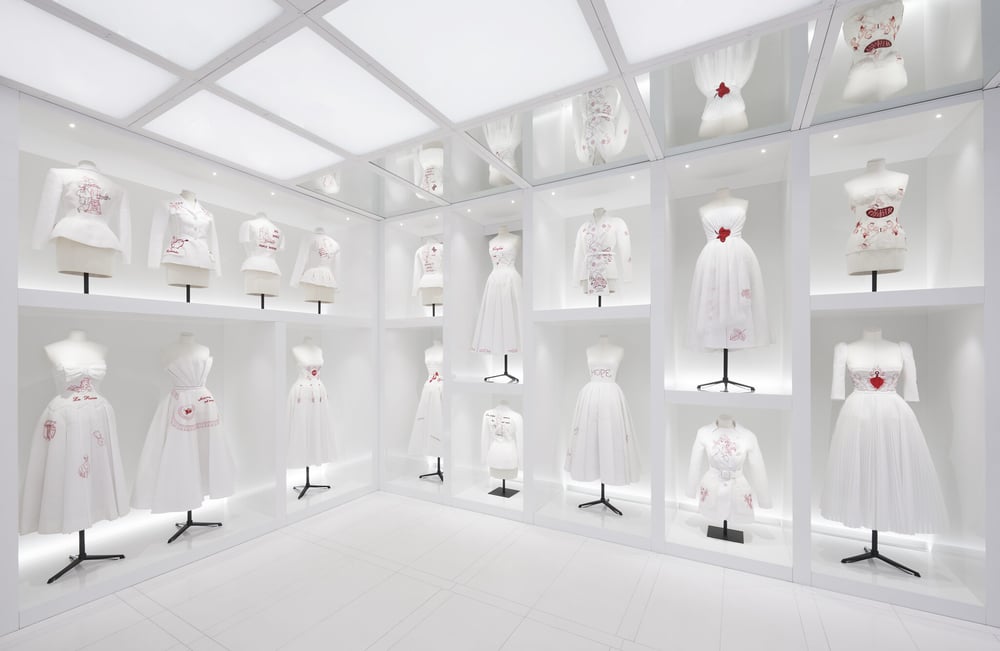
Monsieur’s iconic bar jacket is the opening subject of a series of brilliant scanographic prints on matt paper by Katerina Jebb, commissioned by Chiuri. Created by holding household scanners one centimeter from subjects and garments, and then assembling hundreds of the images into fresh compositions that have a surreally ghostly air.
One passage in the show boasts a half dozen two-meter-tall Jebb art photos opposite the looks she photographed, by other Dior creators like Yves Saint Laurent, Gianfranco Ferré and Marc Bohan.
Jebb’s images visually capturing Monsieur Dior’s expression: “I think of my work as ephemeral architecture, dedicated to the beauty of the female body.”
Monsieur liked to see his clothes in the movement of light, an idea that ignited another striking photo series by Japanese photographer Yuriko Takagi, which are paired with the actual Dior creations she shot. These included marvelous images of creations by other Dior couturiers. From John Galliano’s voluptuous Satsuma-San look from 2007 to a Raf Simons pointillist silk faille coat from 2015.
“When I first saw these clothes, I immediately felt that emotion was sewn into them, and I wanted to express that feeling. What I like about Dior, they give you the freedom to do what you want,” explained Takagi, who shoots with an eight-second exposure, where the subject moves after four seconds creating an artful blur.
One whole room is devoted to the relationship between Bohan and Niki de Saint Phalle, the French American artist noted for expressing feminist wrath. But probably best known for her bizarrely joyful Igor Stravinsky Fountain, created with Jean Tinguely, whose location beside the Pompidou Center means it is admired by millions annually.
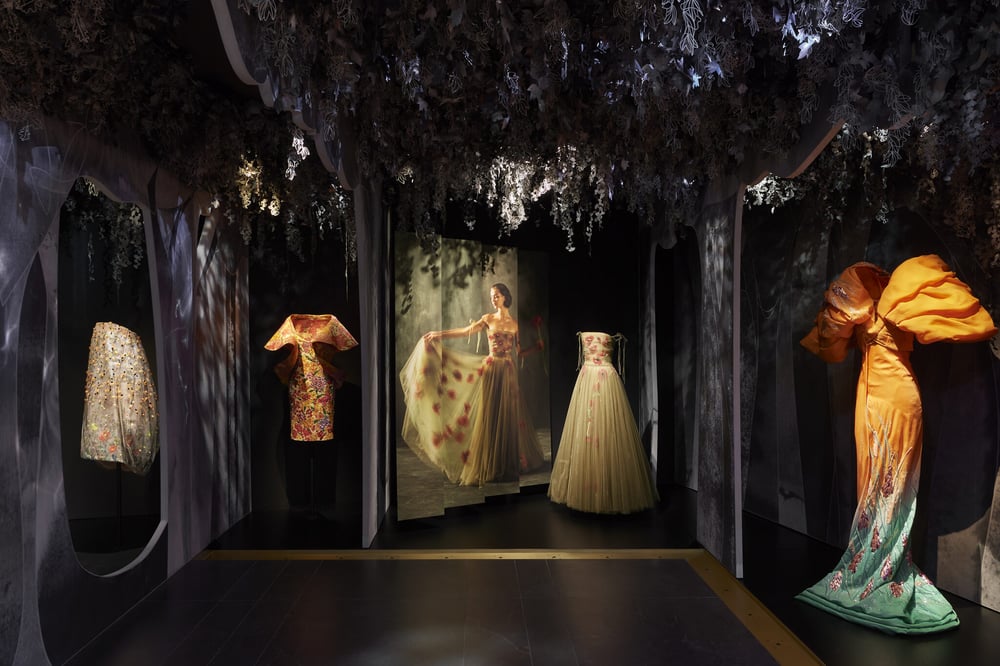
In her youth a model, de Saint Phalle wore Dior in a 1968 shoot for UK Vogue, shot by Lord Snowdon, appearing in a dashing black jumpsuit by Bohan. The artist wore that look in Daddy, her 1973 film about a woman’s attempt to exorcize the damage done to her by a sexually abusive father, based on her own life.
Marc acquired Niki’s art for his country house near Fontainebleau; designed multiple looks for de Saint Phalle, and even developed prints from the artist’s images. The dialogue continued four decades later, as Chiuri themed de Saint Phalle in a 2018 collection, referencing her most monumental work, the Tarot Garden in Tuscany.
Perhaps the most moving section is the dialogue between Chiuri and Elina Chauvet, who created a work of performance art featuring a series of canvases on models for Dior’s Cruise 2024 fashion show, which was staged in Mexico City. A feminist artist, Chauvet poetically employs red as an act of resistance to male violence against women.
Chauvet began staging Red Shoes installations in city squares in 2009 after her own sister was killed by her husband in her hometown of Ciudad Juárez. According to statistics, ten women are murdered each day in Mexico. Red for Chauvet represents blood but also the possibility for change and love and hope.
Her installation in the Galerie plays on a now familiar concept of the house of Dior, a wall display of scores of white toiles, first used in Christian Dior Designer of Dreams, an exhibition which has travelled to multiple international cities.
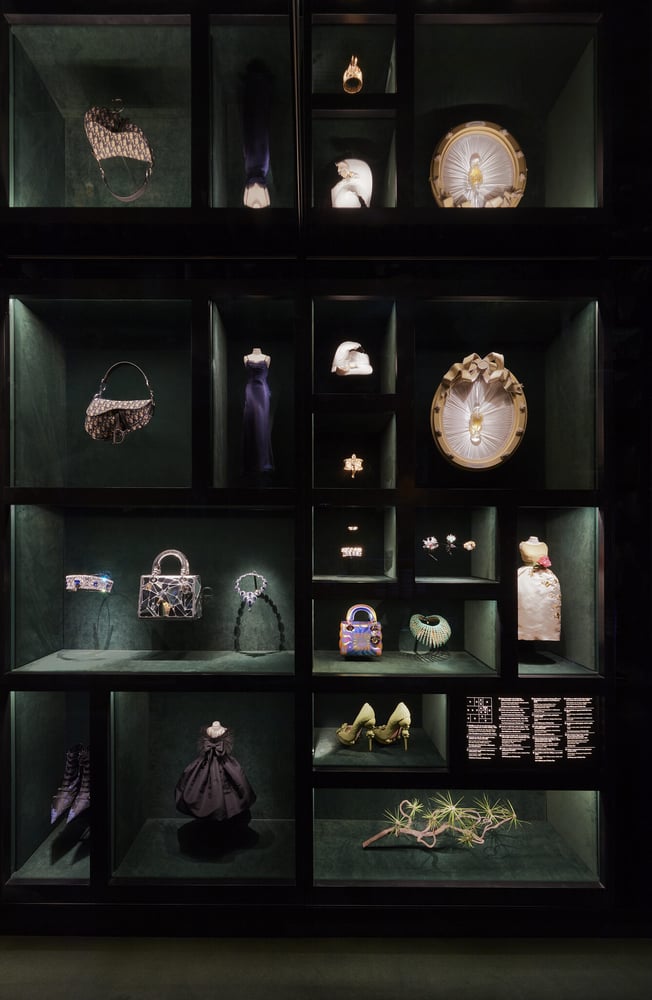
However, Chauvet brilliantly subverts the concept with a whole series of red designs that are embroidered or sewn on to the toiles by a community of female sewers in Mexico. Many of them used in Corazón Abierto, the performance in Mexico where 20 toiles on models paraded around a central college courtyard with words and imagery denouncing feminicide.
“I knew Dior as this famous brand of great French taste. My work has been feminist for many years, and it has a very strong political message. So, Maria Grazia’s voice is very important, as it allows us to share this message of non-violence against women to a huge international audience,” Chauvet told FashionNetwork.com.
“I am very emotional thinking of all the work we put into this creation and seeing it alive here in this beautiful space. It makes me very proud,” Chauvet said.
Added Chiuri: “I am especially proud to see a new installation by Elina Chauvet unveiled in the Galerie. She has expanded her series of embroidered dresses and jackets to create a monumental work devoted to her long-standing commitment to denouncing violence against women, from Mexico to the world."
Some of the exhibits are site specific and commissioned for this exhibition, like a beautiful tapestry designed by Eva Jospin which encircles a divine 2021 millefiori dress in silk gazar embroidered in flowers worn by Natalie Portman in a Miss Dior campaign. While the tapestry was produced by Chanakya, the Bombay studio that hires and trains women embroiderers.
In a later room featuring stars in Dior, Portman wears a black and gold Dior dress to the 2018 Oscars. Covered in a cape trimmed with the names of female film directors, in a year when no film directed by a woman was nominated.
Other rooms contain works by Lillian Bassman, Judy Chicago, Maya Goded, Constance Guisset, Brigitte Lacombe and Shourouk Rhaiem. Claude Lalanne is included with a silver garden chair that has been reproduced inside Dior’s flagship, and Sarah Moon by an evocative photo of a late afternoon 1948 dress named Abandon by Monsieur.
A long passage includes the Lady Dior bag signed by female creators as part of the Dior Lady Art project, all revealed in a Chambre aux Merveilles, or Cabinet of Curiosities.
The royal also stars elsewhere, seen in the very first look created for Dior by Galliano, a midnight blue silk column wore to the CFDA awards. Standing a few meters away from a sleek black column by Chiuri worn by Elizabeth Debicki to the premier of season five of The Crown, where she portrays Princess Diana.
Founded and owned by two gentlemen, the house of Dior has had seven official couturiers in its history. But Rome-born Chiuri is its first female creative director. It’s hard to underestimate the impact she has had in fashion, and in connecting fashion to feminism. Using the global power of Dior to support women’s empowerment and winning far greater recognition for women artists and artisans internationally. So, the leitmotif of the exhibition is feminism – with a capital F.
Copyright © 2023 FashionNetwork.com All rights reserved.




